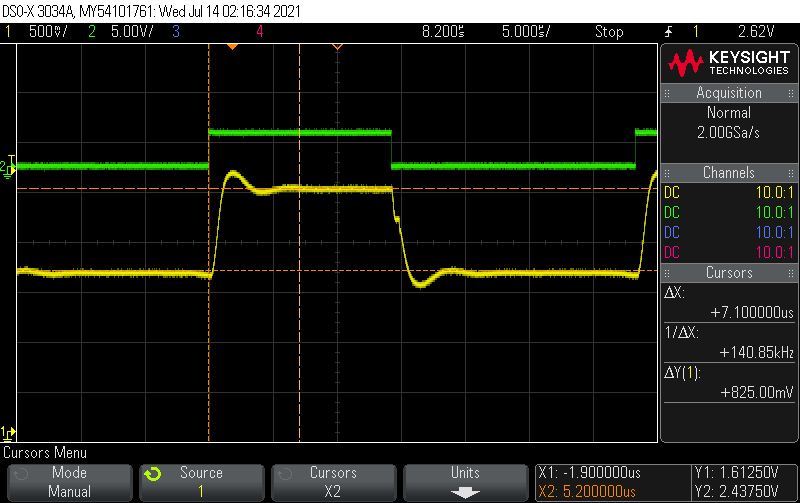Other Parts Discussed in Thread: TMS320F280049, DRV8353
I am seeing a higher than expected offset error from the current sense amp outputs. With VRef = 3.306V, gain set to 40V/V, SOA = 1.635, SOB = 1.664 and SOC = 1.638. I can rerun the auto-calibration but always end up with similar results.
This is on a custom PCB connected to the analog inputs (A3, B3 and C4) of a TMS320F280049 microcontroller. Things work but I am trying to track down a fairly significant current sense error. I am measuring these offsets in firmware and subtracting from the measured currents but since this doesn't appear to meet the datasheet specification of +- 3mV I thought I should look into it.
Any thoughts appreciated.
Thanks
Don


